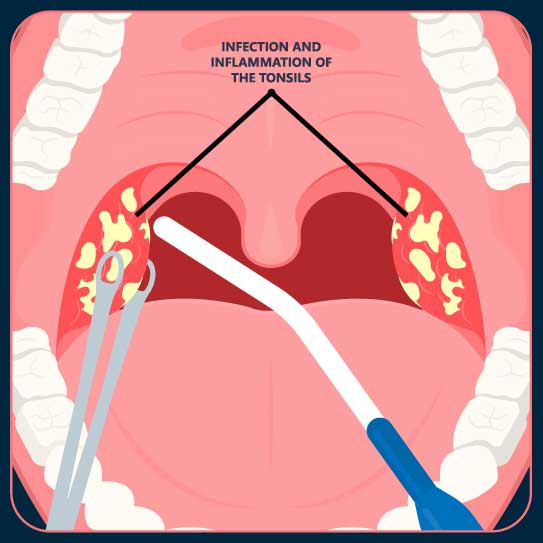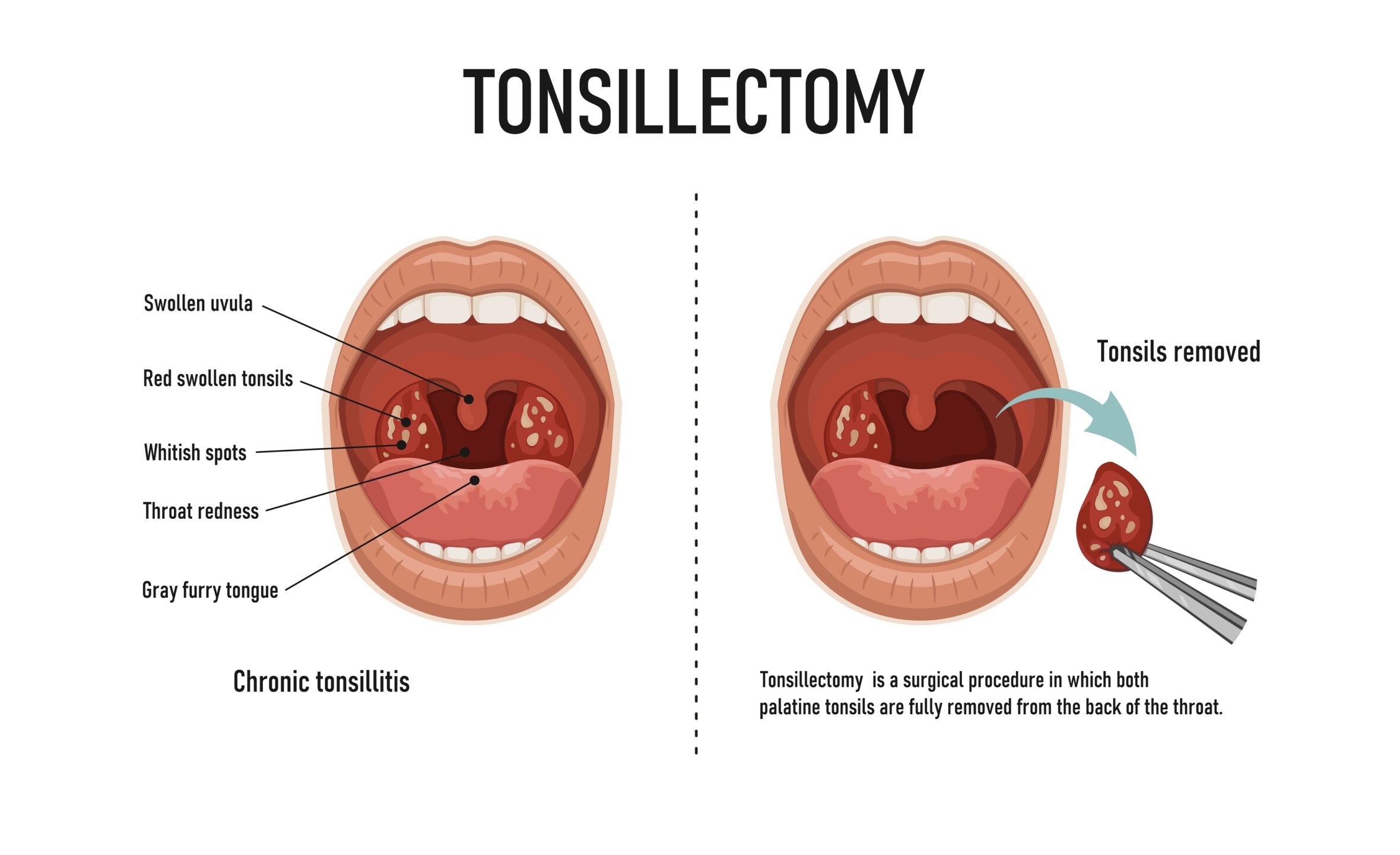In a recent incident that underscores the critical importance of surgical precision, a 12-year-old patient experienced a rare medical complication during a routine tonsillectomy at a private hospital in Hong Kong. The Department of Health has confirmed that a piece of surgical gauze was accidentally left inside the patient’s body following the procedure performed in August.
The error was quickly detected when the patient was moved to the recovery area shortly after surgery. Medical professionals immediately took corrective action, with the surgical officer promptly removing the retained gauze. Fortunately, the patient’s condition remained stable throughout the incident, and they were subsequently discharged from the hospital after a full recovery.

While such surgical oversights are uncommon, they highlight the potential risks inherent in complex medical procedures. The Hong Kong Sanatorium & Hospital, identified as the facility where the incident occurred, acknowledged that the tonsillectomy was performed by a visiting medical officer. The hospital emphasized its swift response to the situation, stressing that the gauze was removed during the patient’s recovery period.
The Department of Health has launched a comprehensive investigation into the matter, demonstrating the robust oversight mechanisms in place for private healthcare facilities. The hospital has been formally requested to submit a detailed investigative report within four weeks. Regulatory authorities have made it clear that further action may be taken if the investigation reveals any violations of the established Code of Practice for Private Hospitals.

This incident serves as a critical reminder of the importance of stringent procedural checks during surgical operations. While the retained gauze did not result in life-threatening complications in this case, such medical errors can potentially pose significant risks to patient safety. Healthcare professionals must maintain the highest levels of vigilance and implement multiple verification processes to prevent such occurrences.

The transparency surrounding this incident is particularly noteworthy. Both the hospital and the Department of Health have been forthcoming with information, prioritizing patient safety and public trust. This approach demonstrates a commitment to accountability and continuous improvement in medical practices.
Medical professionals and patients alike can draw important lessons from this case. It reinforces the need for comprehensive surgical protocols, including careful counting and tracking of medical materials used during procedures. Surgical teams must maintain meticulous attention to detail, implementing multiple checkpoints to prevent potential oversights.
As the investigation continues, the healthcare community and the public await the detailed report from the hospital. The outcome of this review will likely provide valuable insights into preventing similar incidents in the future. It represents an opportunity for systemic learning and improvement in surgical safety protocols.
For patients and their families, this incident may raise understandable concerns. However, it’s important to recognize that such events are extremely rare, and the medical system has multiple safeguards in place to protect patient safety. Open communication, thorough investigations, and a commitment to continuous improvement remain the cornerstone of quality healthcare.
The Department of Health’s proactive approach in this matter demonstrates the robust regulatory framework governing medical practices in Hong Kong. By holding healthcare providers accountable and demanding transparent investigations, authorities work to maintain the highest standards of patient care and safety.












